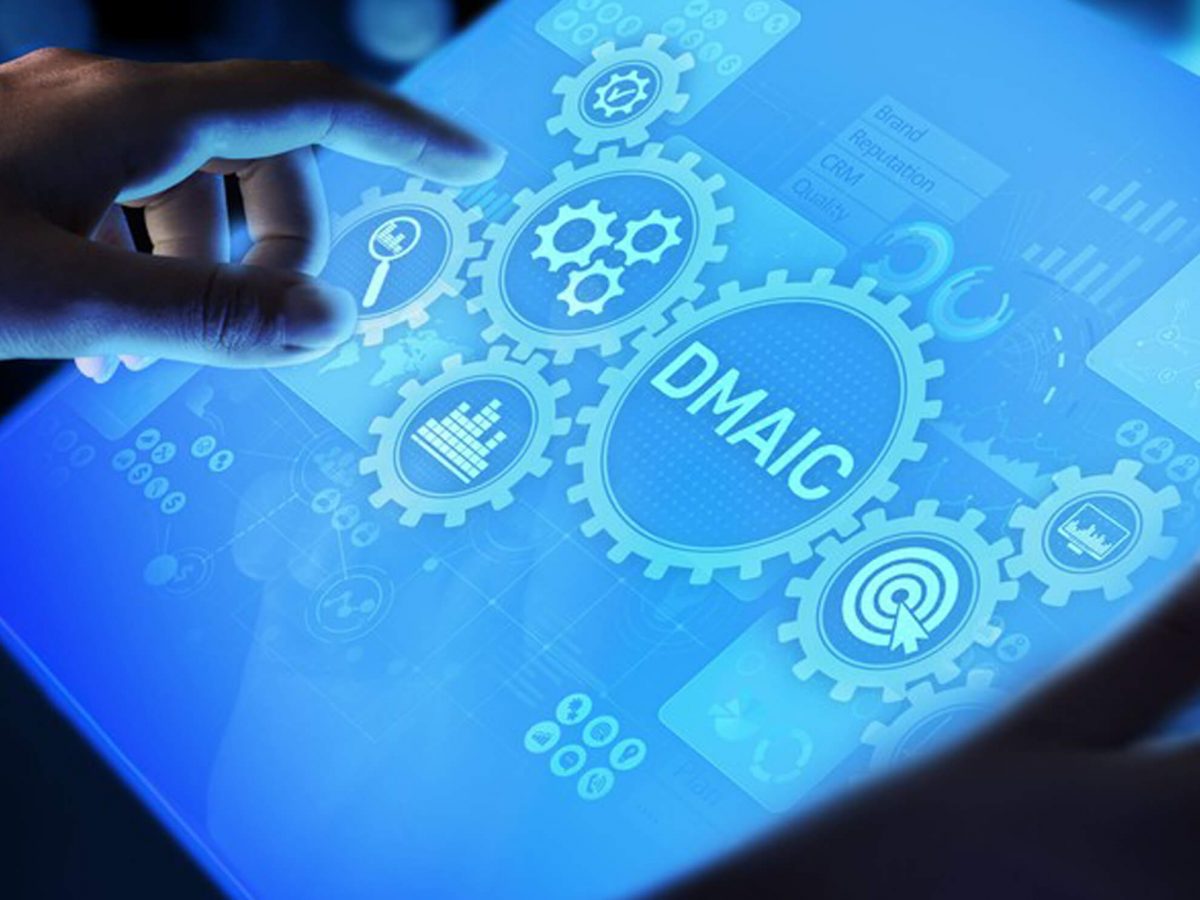Well, we have come to the exciting conclusion of my business improvement series! Last month, we discussed challenging rules and assumptions and thinking outside the box to solve problems during the Improve phase of the DMAIC methodology. Today, we’re going to discuss the final step, the Control phase, and how you can set up your new business process for success.
To refresh your memory, the DMAIC methodology is a tool used in Lean Six Sigma used across business. DMAIC stands for:
Define
Measure
Analyze
Improve
Control
Meeting the Expectations
Now that the team has been through the steps of the DMAIC process, you need to implement the actions that will achieve successful results. The Control phase of the DMAIC process is just that. Once you have determined your solution(s) have resolved the problem, the improvements should be standardized and sustained over time. In order to do this, standard operating procedures and policies must be changed to reflect the new processes, and staff must be trained across the organization to ensure compliance. Your changes will require monitoring over time to measure performance and evaluate results.
The process of monitoring progress and results uses several different tools. The most common tool applied during this process is the Control Chart. Through the use of the Control Chart, the project owners can monitor progress and variation. Control Charts are graphic tools which help evaluate whether the process is in control, and is represented in three zones. They can identify and employ practical actions and measures to ensure that standards are being met.
Here are some additional tools or processes used in the Control phase:
Statistical Process Control – Used to analyze and control process performance. Is the process operating in control.
Leading Indicator vs. Lagging Indicator – The Leading Indicator shows trend before defect and the Lagging Indicator demonstrates the defect which already occurred in the process.
FMEA and Mistake Proofing – Two key techniques used to ensure no errors occur in the post-control phase.
Implementation Plans – Includes techniques for standardization, documentation, monitoring, and response.
Review & Sign Off – Leadership team evaluates and agrees with stated benefits.
There cannot be enough emphasis placed on the importance of devoting the same high level of energy and commitment throughout the Control phase. The Control Phase is the run to the final 10% of the race. If changes are not implemented correctly, the entire DMAIC process has failed. As tempting as it may be to rush to the finish, thoughtful analysis and verification of results are required.
Once the leadership team and key players are satisfied with the results, share and celebrate the project’s success. This will help foster the spirit of change momentum and increase the speed of realizing future gains through DMAIC projects. It is all about confidence in the people and the process.
The cycle of improvement must be continuous and ongoing!
